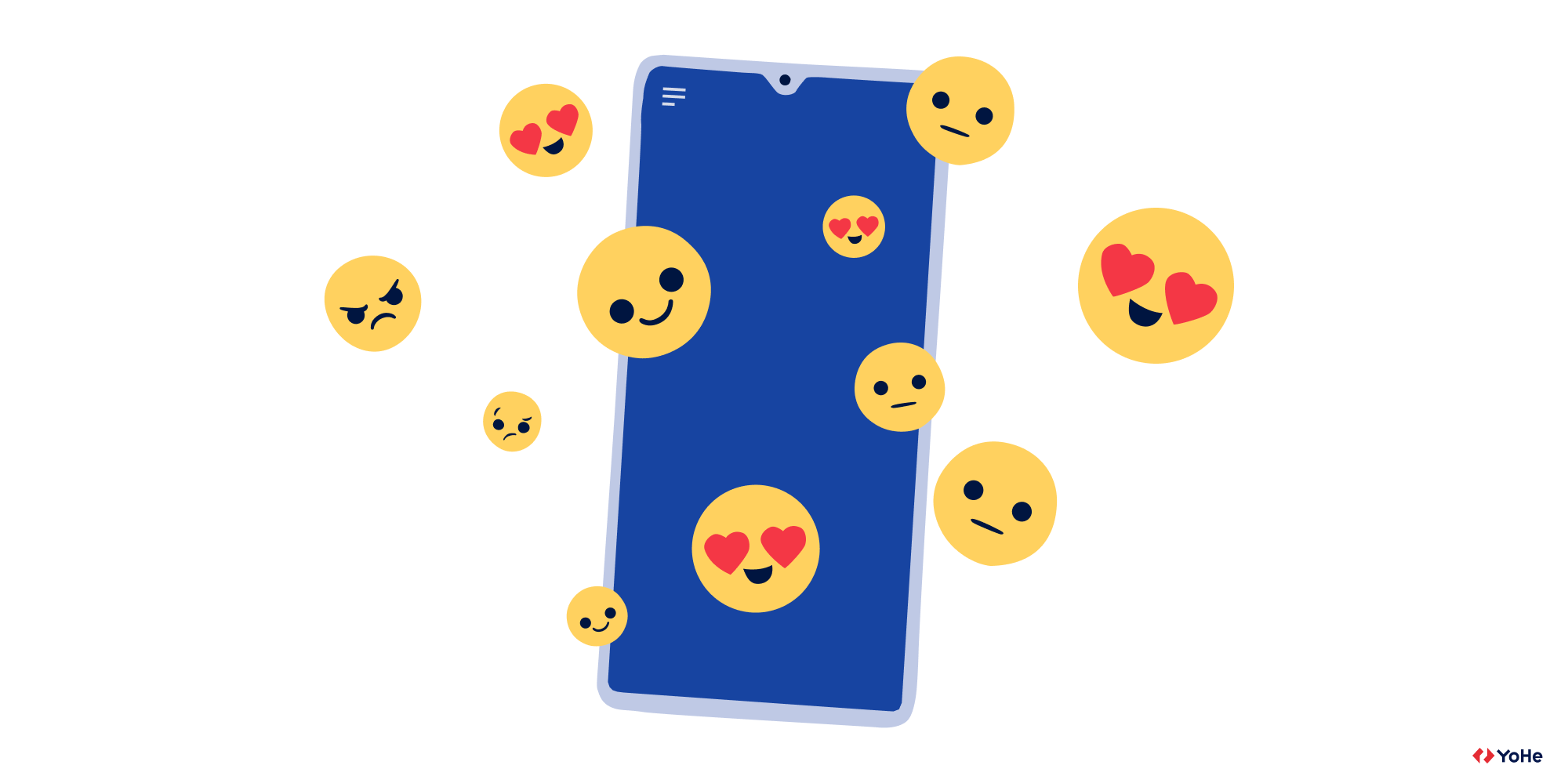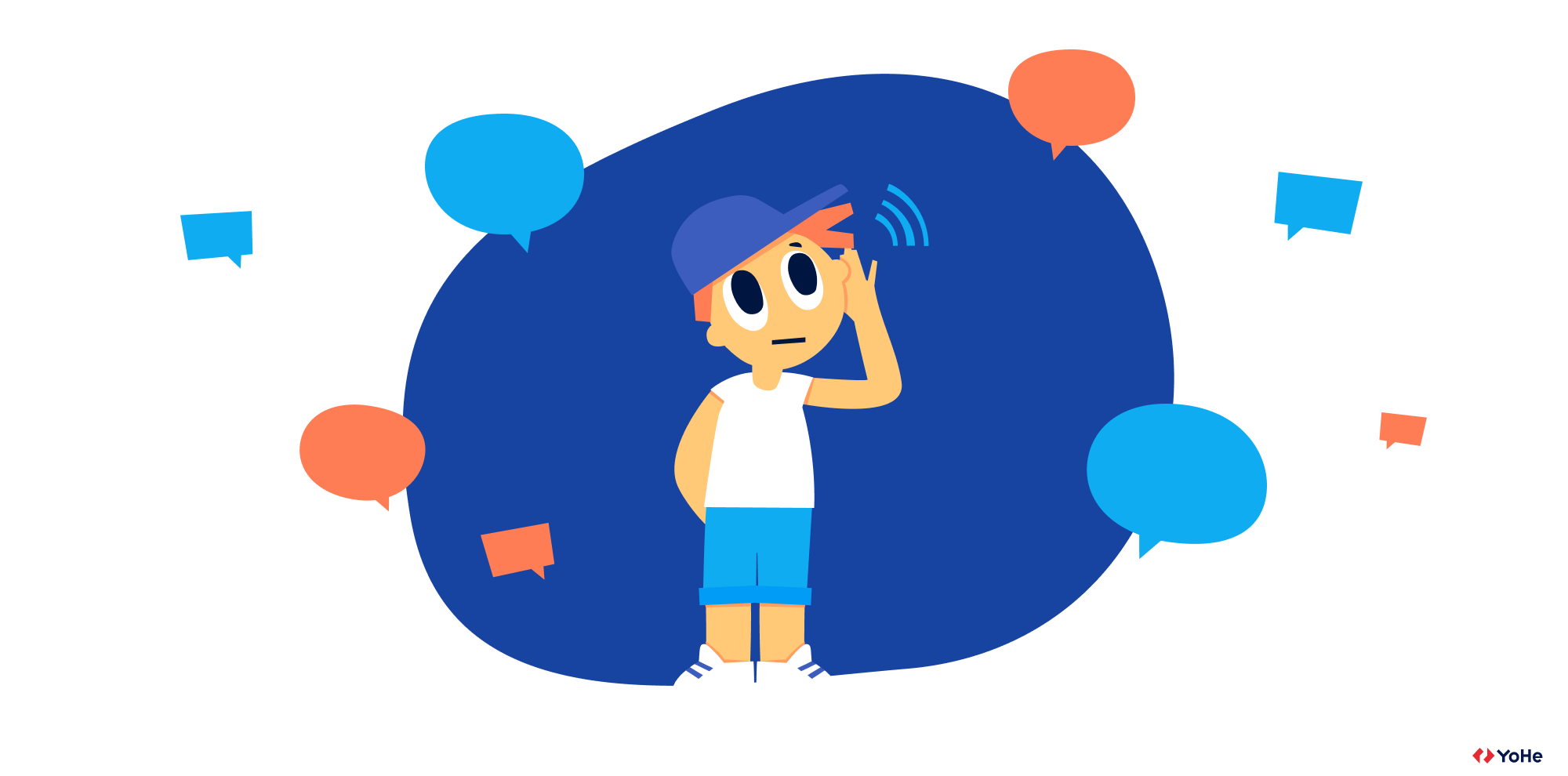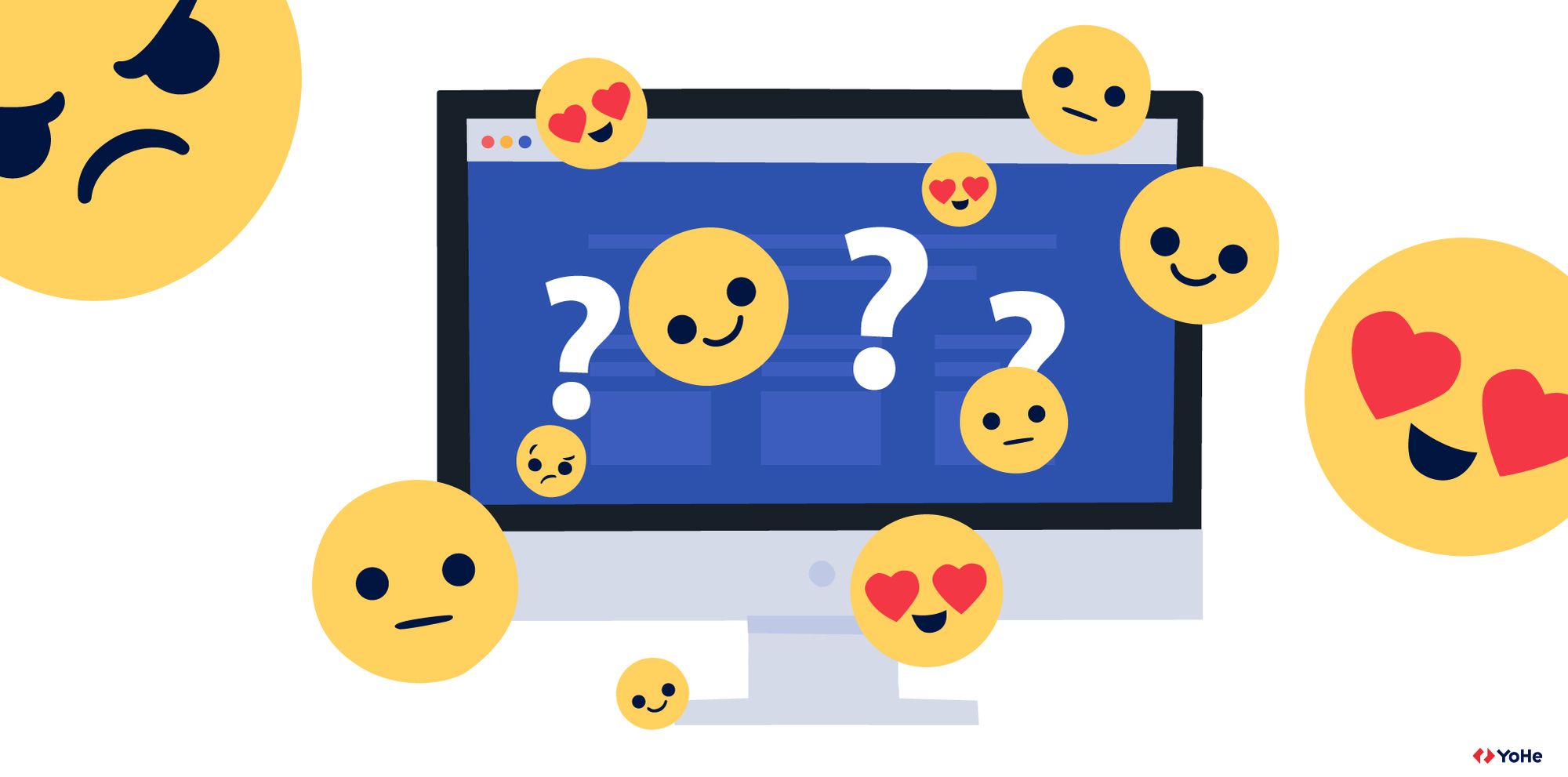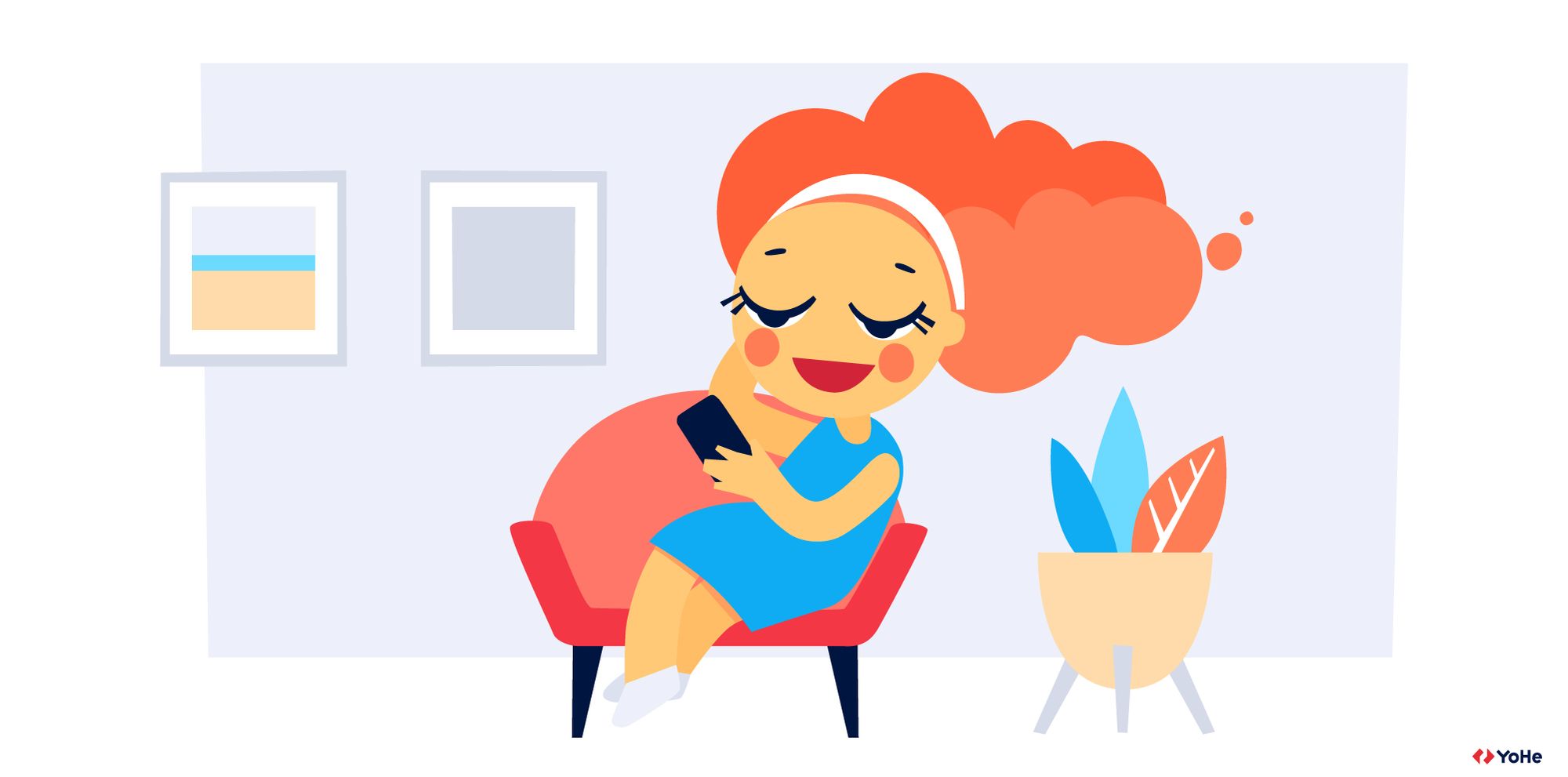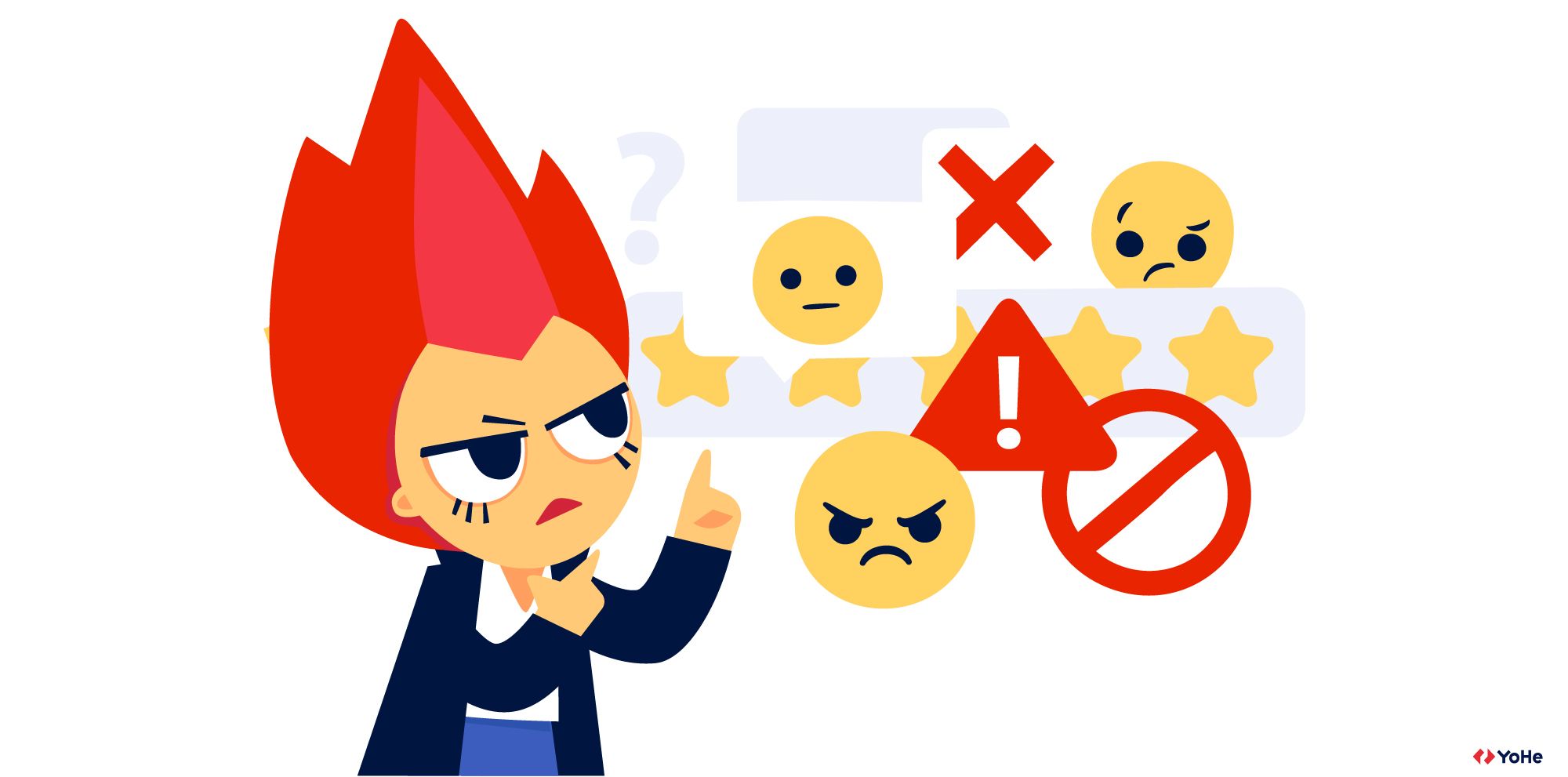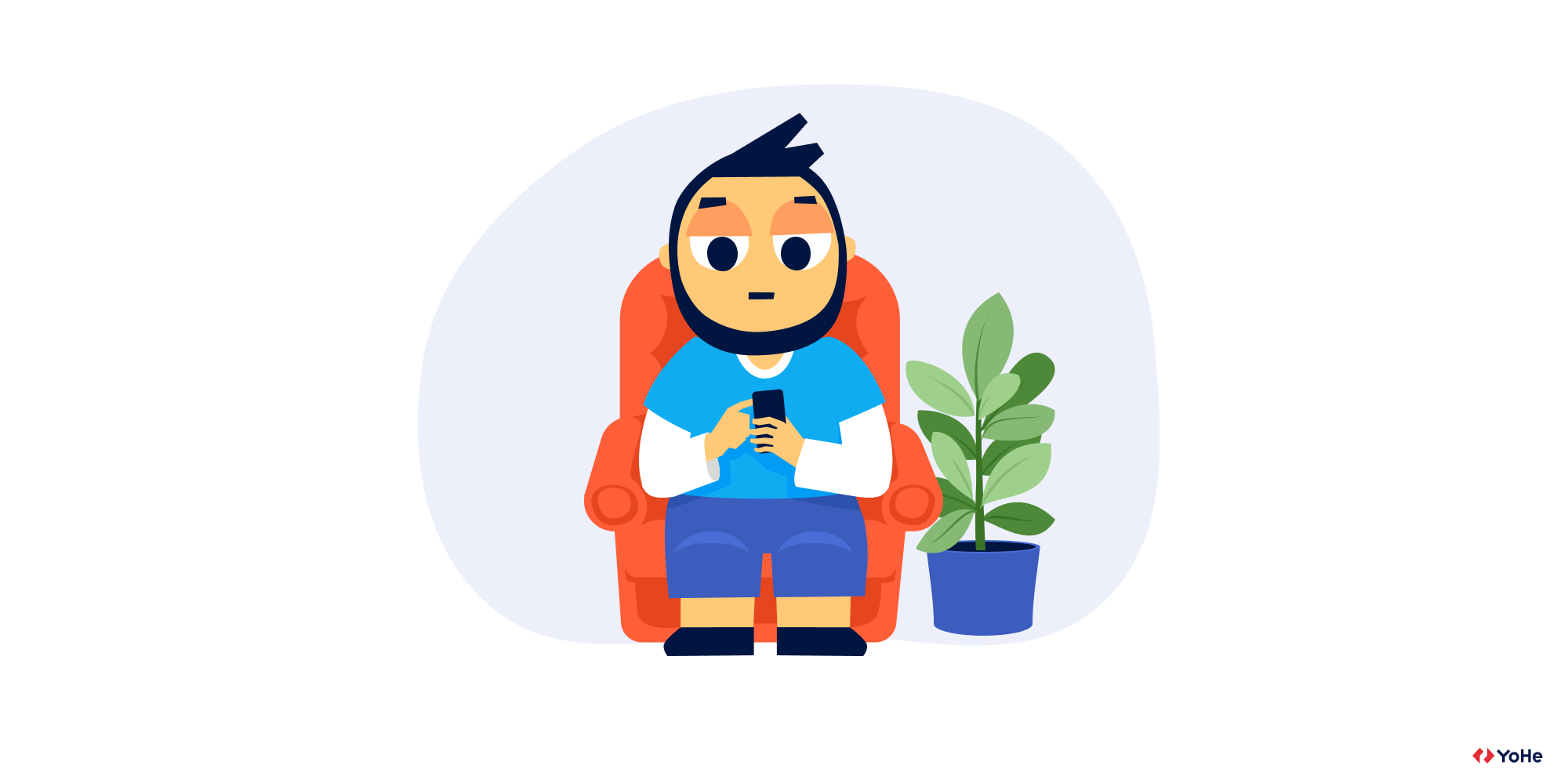A high bounce rate on an e-commerce site is a sign that your customers are not satisfied with something. And it will affect the profit. In this article, we talk about two tools that will improve the bounce rate.
What is the bounce rate in e-commerce?
Bounce rate is a web analytics metric that shows the percentage of users who visited one page on the site and refused further interactions with it.
Examples of failures in e-commerce can be as follows:
- the user came to the page of the online store and left without performing any actions;
- the user landed on the product page and didn't interact with it until bounce;
- the user came to the contact details page, found the information he was looking for, and left.
As you can see, in one of these scenarios (the third), the failure was not vital because the user did exactly what he wanted.
But still, on non-service pages, a high bounce rate is usually a problem because:
you failed to convince the user to make a purchase (and, as a result, you lost profit);
Google search positions may suffer. The bounce rate is directly related to the issue. The higher it is, the worse your position is. It means fewer people will find you in the future.

What bounce rate is considered good for an e-commerce site?
Recent studies claim that the bounce rate on e-commerce sites is generally lower than on others – from 20% to 45%.
But as with all averaged values, there are also some details here. Consider two situations:
User A went to the product page and exited the site after a few seconds;
User B went to the product page and spent a few minutes before leaving.
Without additional context, you might think that user B is interested in your product because he spent a lot of time on the page. It means that his refusal is more problematic for you than the refusal of user A – he left right away.
But the opposite situation is also possible. User A expected something more, couldn't find it right away, and left the page in frustration. And user B didn't want to buy anything at all – he happened to be here and just continued reading the description or reviews out of interest.
In Google Analytics, there is no difference between these two scenarios – they will both be considered a failure. But for you, as a site owner or product manager, it is critical to understand what happened in the second case. Has there been a bug, or some missing information? It will be the key to increasing conversion.
So what should you do now? It is a rhetorical question, we will tell you about everything in the following paragraphs.
Tools to help reduce the bounce rate
As we just found out, web analytics tools won't tell you why people leave the page. You can guess for days, but you can't come up with an actual explanation. To fix the situation, you will need additional research and insights.
Let's talk about two ways to decipher the bounce rate:
- Session recordings and heatmaps
- Surveys on the website
1. Session recordings allow you to reconstruct the user's behavior on the page
With the help of recordings, it is possible to see what the user did before leaving the site.
Some systems display both site search queries and filled-out forms in real-time. And the integrations of them with our platform also allow you to see the behavior of bugs.
A few things to notice when viewing sessions:
Are users confused or upset? Do they click on non-clickable elements several times or scroll up and down in search of the necessary information?
Which parts of the page do they linger on, and which, apparently, completely skip? It will help identify the most convincing or distracting places for users.
What do users do at the moment before the exit? Did they leave after seeing the lack of goods in stock? Or are they mad after several useless clicks in a row on a broken button?
2. Surveys on websites collect feedback from users
Surveys are needed to ask users about their experience on the site. With the help of our platform, it is possible to ask questions on any page where you would like to reduce the bounce rate.
This information is then analyzed directly from users, and then changes are implemented in the design or even in the business structure.

Eight tips for reducing the bounce rate
Viewing session recordings and surveys on the site will help you find a lot of problems and even come to their solution. But it is not necessary to go into this dark forest by touch. We asked several online store optimization experts to recommend their most effective techniques for reducing the bounce rate, and here's what they told us.
1. Increase the page loading speed
Poor page loading speed may be one of the main culprits for the high bounce rate. Users, most of all, do not like to wait, so they will quickly lose interest and go to other sites. "The whole industry has come to 3 seconds for page load. This is the maximum for the landing page of an online store," says Adam Pierce, marketing director at Blend Commerce.
The page speed test is fundamental in site analysis. There are many tools for this. For example, Google's PageSpeed Insights evaluates site performance on desktop and mobile devices.
2. Find and fix usability issues
Just like slow-loading pages, usability issues force users to leave the page. If a person can't advance on a site, his bounce is almost inevitable.
Here are some examples of usability issues to watch out for:
- sites that render poorly or do not respond on mobile devices
- 404 errors
- technical errors such as broken links or broken drop-down menus
Usability tests help to find technical errors on the site, and one of the examples of such testing is viewing session recordings. Watch sessions on the pages with the highest bounce rate, note the barriers that users face, and eliminate them as soon as possible.
3. Explore traffic from advertising campaigns
Joel Klettke, head of marketing at Business Casual Copywriting, recommends investigating traffic sources in more detail. In Google Analytics, go to the Behavior report > Site content > Content Drilldown and select the Source in the secondary dimension. This way, you can see where traffic is coming from, and what bounce rate corresponds to each of the sources.
If you use display advertising, paid search, or trade ads and at the same time are dissatisfied with the bounce rate of the users you attract, you may need to reconsider your strategy. Expert advice from Joel: "Check if the text on the page correlates with keywords that affect traffic or the promises you made in advertising." If you are paying for increased traffic to your site, make sure your ads fully reflect what the user will find on the relevant pages.
And, by the way, speaking of texts on the site:
4. Correct irrelevant descriptions
As Joel says, words matter. If the text on the page is clear, informative, and convincing, it will force users to perform the actions you need. For example, add the product to the cart, view a few more pages, or ask for additional information by phone. If it is poorly written or does not answer questions, users will bounce pretty quickly.
To fix a poorly working text, you first need to understand which parts of it require changes. It is when user feedback will be needed.
Set the survey so that it appears in the middle of the page.
Ask questions based on the specifics of the page:
for the product page –> Do you have enough information about the product on this page?
for the information page –> Could you find the information you need on this page?

5. Make sure that the site is trustworthy
Your site should be trusted. Potential customers will be horrified if your site looks spammed or unconvincing. 84% of users will not buy anything on the site if they feel it is unsafe.
Here are a few steps that Rachel Jacobs, an e-commerce expert, recommends doing:
Get rid of pop-ups that block content - they can infuriate users unless they are valuable to them.
This pop-up, for example, carries value because it offers the user a discount.
Do not neglect high-quality, professional photos!
Collect feedback from users and do work on mistakes to work on their loyalty
Monitor Google Analytics and use session recordings and other web analytics tools to understand how the implemented changes work.
6. Optimize product pages
"Optimizing product pages is usually a top priority for e-commerce brands, as they are the heart of your business," says Rachel. "Make sure that the product photos are displayed neatly, adding something to the cart is easy, and the reviews are in a prominent place. That would be a good start."
Based on her advice, so that people leave the site less often, its pages should:
Be branded
Skillfully use the space
Have a noticeable "Add to cart" button
To contain the most important information about the product at the top
Include data on technical characteristics or sizes
7. Identify user objections
While working on reducing the bounce rate, Hotjar CEO David Darmanin recommends focusing on a group of users, which he calls "undecided researchers." These are potential customers who are ideally suited for your target audience, but they still need to be convinced to buy.
Your task is to understand why these leads do not go beyond the first page. One option is to launch a survey on the Success page and ask users what difficulties they have encountered on their way. The barriers they were able to overcome may become an obstacle for less motivated site visitors. Armed with this knowledge, you will be able to improve the experience of each user in the future.
8. Inspire users to further search the site
Not everyone falls in love with the first product they see on the site. If a person does not find something he was looking for, he can immediately leave. But at this stage, you can interest him in other products that he may have also wanted – cross-selling comes into play.
For example, when you choose a bed on Wayfair, the product page offers you similar products that you may need.
"Simplify, from the point of view of UX, the search for similar products if the current one does not suit the user," says Rachel.
Result
Traditional web analytics tools will always play a vital role in evaluating the effectiveness of your site. But recording sessions and feedback from users will take you one step further. When you realize the real needs of users and work to improve their experience, the bounce rate decreases by itself. Give your customers what they need, and they will reward you with their loyalty.

